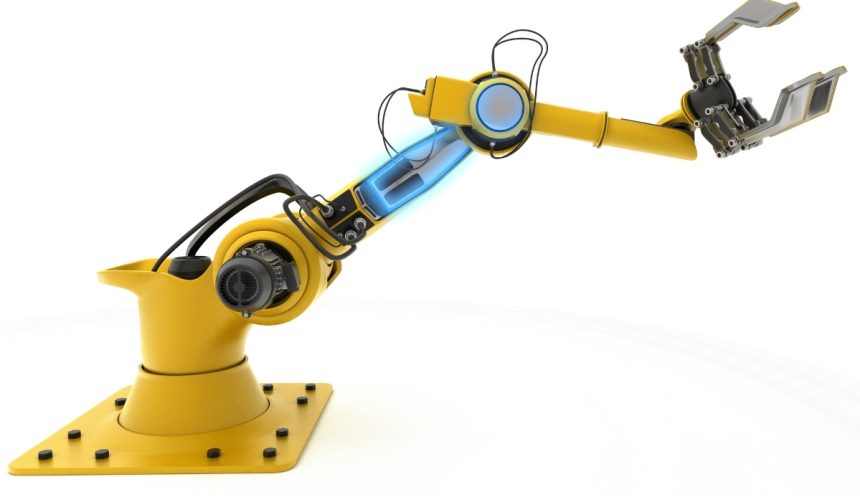Increasing demands for efficiency in manufacturing have driven companies to reconsider manual workflows. With the integration of automated systems, organizations are finding new ways to address labor shortages, reduce repetitive strain on workers, and keep up with high-volume demands. Friedrich Amtenbrink GmbH, a steel processing firm with over five decades of experience, recently implemented automation technology to optimize its production. This decision reflects a broader trend in the steel industry as companies seek to maintain competitiveness while enhancing worker conditions and productivity.
Earlier reports on automation in steel processing noted several attempts by manufacturers to increase throughput and cut reliance on temporary labor. Many earlier solutions required specialized programming or operator intervention, leading to inconsistent adoption rates. Teqram’s EasyGrinder aims to resolve these challenges with its focus on autonomous operation and minimal need for manual setup. Unlike some legacy systems that only targeted lightweight or uniform products, the EasyGrinder has demonstrated agility with heavy components and complex geometries, expanding the scope of automation in post-processing. These advances potentially fill previous gaps observed in earlier automation efforts across the sector.
How Does EasyGrinder Automate Post-Processing?
The EasyGrinder, developed by Teqram, automates the post-processing of flame-cut and plasma-cut steel parts. Capable of handling up to 1,500 components daily, the robot manages tasks such as slag removal, edge finishing, grinding, and marking for identification. Its operation eliminates the need for operators to manage multiple time-consuming and physically intense steps typically involved in steel part post-processing.
What Sets EasyGrinder Apart in Industrial Operations?
Supporting its autonomous functionality, EasyGrinder incorporates Teqram’s EasyEye 3D vision system and an AI-driven controller. With these technologies, the robot automatically recognizes and adapts to different pallet layouts, product sizes, and complex part geometries. This automation removes the necessity for custom programming, offering consistent and predictable performance across various production shifts. Teqram’s experience with sheet metal processing underpins its development of robots for diverse roles, including loading, deburring, leveling, and other surface treatments.
How Has Productivity Changed for Amtenbrink?
Friedrich Amtenbrink GmbH observed marked gains after deployment of the EasyGrinder, especially with labor-intensive batches involving heavy components. An example was cited where the robot completed a 400-part production run overnight—a process that previously demanded at least two shifts of manual labor. The company found that even parts once considered unsuitable for robotic handling could now be efficiently processed. With these outcomes, Amtenbrink reports a decrease in the need for temporary labor and more strategic use of its workforce.
“Finding new temporary workers for this demanding and unpopular task was a constant challenge,”
remarked Sultan Nayebi, operations manager at Amtenbrink, further noting the establishment of steady and efficient capacity.
“With the EasyGrinder, we now have a sustainable solution.”
Amtenbrink’s transition to the EasyGrinder demonstrates a move toward sustainable operations, particularly by minimizing physically taxing work for human staff. Permanent employees have responded positively, viewing the robot as a reliable resource that relieves them of some of the most challenging tasks. This in turn frees up skilled workers to focus on other critical production and quality control responsibilities.
Making the shift from manual to automated post-processing is more than a technological update—it can affect workforce structures, productivity, and even health and safety standards within manufacturing environments. For companies facing fluctuating order volumes and skilled labor shortages, automation systems such as the Teqram EasyGrinder provide a pathway to stabilize output and optimize resource allocation. As developments in 3D vision and AI-driven automation continue, such solutions may become more widely accessible and adaptable across a broader range of industries and applications.
- Amtenbrink uses Teqram’s EasyGrinder to process up to 1,500 steel parts daily.
- This automation has reduced manual labor, boosted productivity, and lowered staffing needs.
- Employees at Amtenbrink now focus on more specialized and value-added tasks.










